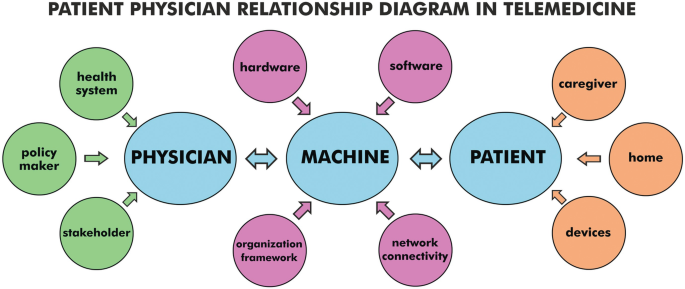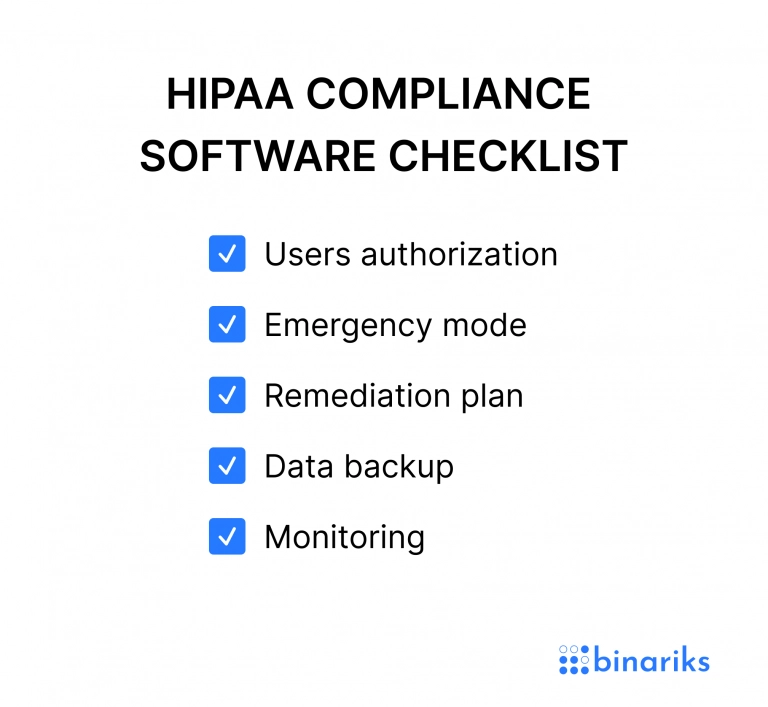Telemedicine has officially moved into the mainstream, and the data supports it. A recent industry report forecasts that the telemedicine market in the U.S. will exceed $64.1 billion by 2025.
As healthcare providers increasingly embrace virtual care, they also face a new wave of risks. In evaluating the plethora of issues telemedicine poses, from state licensing obstacles to cyber threats, it’s clear that telemedicine malpractice insurance must be designed specifically for the digital care environment.

However, many practitioners make costly errors when selecting coverage. In this blog, we’ll break down the top 6 mistakes to avoid when buying telemedicine malpractice insurance and help ensure your policy matches your evolving practice.
1. Assuming Standard Medical Malpractice Insurance Covers Telemedicine
One of the most common telemedicine mistakes is believing that traditional malpractice insurance will automatically cover virtual care. In fact, Many providers are unsure what their current policy includes. Understanding Telemedicine Malpractice Insurance offers a helpful breakdown of what coverage telehealth actually requires.
Why It Matters:
Telemedicine introduces different risks. For example, you can’t assess patients in person, which can raise misdiagnosis exposure, or you might confront cross-state practice regulations. These need to be covered with specialized telemedicine malpractice insurance specific to your care delivery mode.
Tip: Ask your insurance company whether your malpractice insurance covers telehealth visits and if they are compliant with relevant state and federal regulations.
Stat to Know: According to the American Medical Association, in 2022, 85 percent of physicians stated they offered telehealth in some respect, but many of them did not update their malpractice policy to include telemedicine.
2. Not Considering Multi-State Licensing and Coverage
Telemedicine lets you treat patients over state lines, but while telemedicine is interstate, rules for insurance vary by state, as do liability laws. One of the most common mistakes in telemedicine insurance is buying a policy that only covers specific states, without ensuring it includes all states where you’re licensed and practicing.
Why It Matters:
Without appropriate coverage in each state, if something goes wrong, you could be liable and could face a malpractice suit personally.
Tip: Select a policy from a provider who has experience with medical malpractice insurance specific to telemedicine and get coverage for all of the states that you are serving.
3. Buying the Cheapest Policy Without Assessing What’s Included
While budgeting is important, especially for solo practitioners or small practices, it’s important to avoid telemedicine insurance mistakes that may end up far more expensive in the long run. If you focus solely on the lowest premium without paying attention to the details.
Why It Matters: If your practice lacks sufficient coverage limits, has overly high deductibles, or misses essential protections like cyber liability, you could be putting yourself at risk.
Tip: Aim for balanced coverage at a fair price—especially for data breaches, HIPAA violations, license defense, and telehealth-specific risks
4. Ignoring Claims-Made vs. Occurrence Policies
When purchasing telemedicine malpractice insurance, it is essential to understand the difference between claims-made and occurrence-based insurance policies. Many practitioners overlook this distinction and end up with a gap in their coverage.
Why It Matters:
- Claims-made policies only provide coverage for incidents reported while the policy is active.
- Occurrence-based policies provide coverage for incidents that occur during the coverage period, no matter when the claim is reported.
Tip: If you purchase a claims-made policy, be sure to ask your insurer if it provides tail coverage for claims reported after the termination of coverage.
If you want to learn more about the different types of malpractice insurance—such as claims-made vs. occurrence-based policies—be sure to check out our detailed guide.
5. Overlooking the Need for Cyber Liability Protection
Telehealth depends on technology like video calls, electronic health records (EHRs), and remote monitoring. But since all of this runs on tech, it’s at risk of cyberattacks. Still, many telehealth malpractice insurance policies don’t include separate coverage for cyber risks.
Why It Matters:
A single data breach can expose patient records, damage your reputation, and lead to legal costs.
Tip: Pick a policy that automatically comes with (or allows optional) cyber coverage, which would cover data breaches, ransomware, and HIPAA violations.

6. Failing to Consult with a Telemedicine Insurance Expert
Many practitioners rely on general insurance brokers who don’t specialize in virtual care risks.
Why It Matters:
Without expert input, your policy may miss vital protections, like cross-state liability or HIPAA-specific provisions.
Tip: Work with a telemedicine-savvy provider who understands your practice. This guide on risk management outlines the importance of aligning coverage with your clinical and operational realities.
More than just a box to check, purchasing telemedicine malpractice insurance is about protecting your livelihood, reputation, and patients. The U.S. landscape of telemedicine is rapidly expanding, and so is the complexity of liability coverage. Avoiding the commonly made telemedicine insurance pitfalls can help ensure that your practice is properly prepared and protected.
As the market evolves, providers must adapt to new liability trends. Emerging Trends in Medical Malpractice Insurance for 2025 shows the most urgent issues telehealth professionals should be tracking.
If you’re evaluating malpractice insurance for telemedicine, assess your needs carefully, compare policies with professional support, and stay aware of evolving risks.
Do not let avoidable telemedicine mistakes jeopardize your career. Exercise caution and diligence when selecting malpractice insurance.







